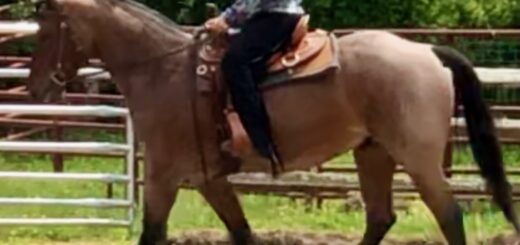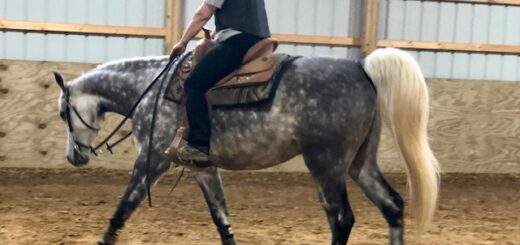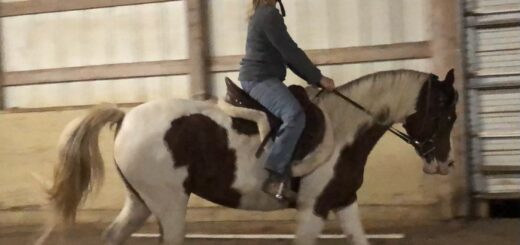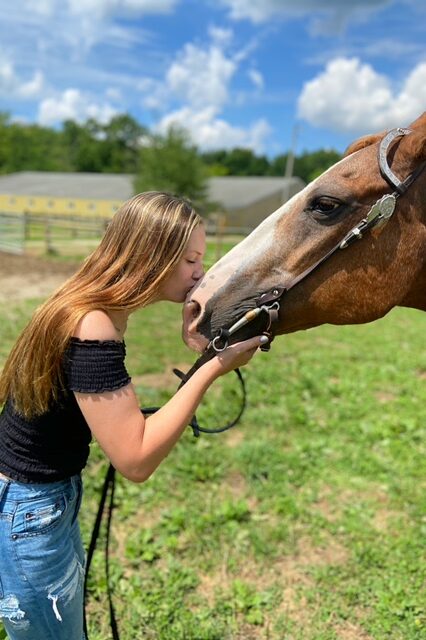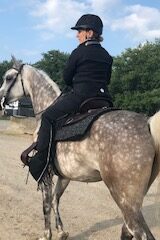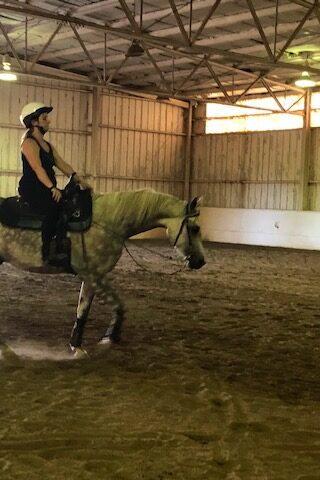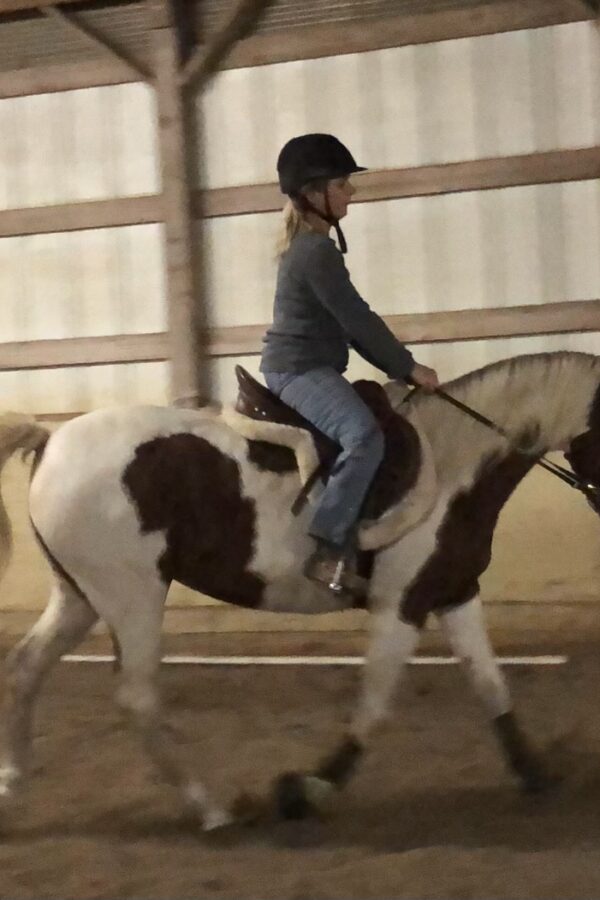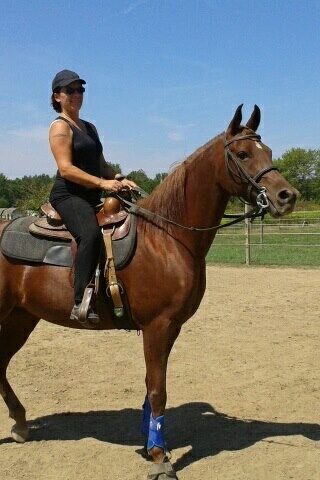6 Ways A Rider Affects How A Horse Learns
I thought an interesting topic to discuss would be how as riders, we affect how horses learn. This can give us great insight into teaching our horse new maneuvers or fine-tuning old ones. I’m often so intrigued watching riders at shows. I occasionally hear riders saying things like “He’s never done that before.” Or “Why won’t he
do this gait for me today?”. Usually, these comments come after seeing a horse acting up. But why is
this happening? What are we doing wrong? The answer could be as simple as riders giving altered or
confusing cues. Variance in cues can sometimes happen when the rider is stressed or nervous about
being at a show. Our altered selves under stress can unknowingly be sending the wrong or slightly
altered cues. Being such receptive animals, horses can pick up on stress and in turn react out of
confusion causing them to “act out”. Let’s take a deeper look into how the rider can assist horses in the
learning process.
Rider’s Mind
Does your horse respond to your emotions? Some horses can be very responsive while others are
simply living in their own world. On one end of the spectrum, I have my Arabian, Tiger. I would
say he is on the highest side of the spectrum where he reacts to my altered moods consistently. I
always have to check myself before I start working with him. Some of the things I check are,
“Am I calm?”, “Am I in tune with him?”, “Am I in a good headspace?”. I consistently check
these before I get in the saddle so as not to have a confusing ride. On the completely other end of the
spectrum are the ones like my Quarter Horse, GB. He could honestly care less about how I feel
or the vibes I’m projecting. While my mood doesn’t affect him, giving inconsistent cues will.
With this being said each horse has a different mind and response. Knowing this, I can anticipate
and understand how to work with each horse to achieve the greatest outcome for both of us.
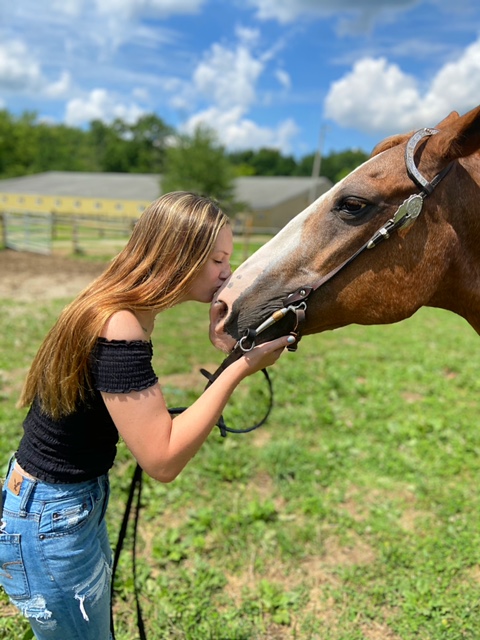
Rider’s Energy
Your attitude, as the rider, is also incredibly important. Patience is a true virtue when working
with horses. Being calm and yet aware of your own energy will go a long way in helping a horse
learn while remaining calm. A high-energy rider makes a high-energy horse. You also need to be
aware of how your body moves around the horse. Every slight movement means something to
the horse and will be a cue for the horse to react. So, not only do we have to be mindful of our
bodies we also need to be able to read the horse’s body and expression. Knowing what the horse
looks like when calm or upset will be an asset to teaching your horse. My mare, Rose, shows me
her teeth and puts her head way up when she’s upset about something. It takes a minute to get
her mind back and working again. I know her signal for “I’m not happy now.”. Tiger always tells
me when he starts getting jiggy in his gait. It’s at the moment I need to step back and check both
my energy and attention. Knowing what to look for in your horse’s reactions to you is important.
Relax the Horse’s Mind and Body
In order to be able to relax the horse’s mind and body it is important to have their full attention.
To do this, your horse needs to be relaxed. If your horse is full of energy or scared, it will be very
difficult to teach your horse anything. Often, I spend the first 10 minutes of a ride just walking around the arena. I notice if there are any spots where the horse jumps, looks sideways, or even
just tenses up. Then I ride in a circle while keeping a loose rein. If my horse goes too far off the
track I want, I gently and quietly bring him back on track. I may stop and back up a few steps, or
practice moving my horse’s hind end. I do these little things to slowly get his attention on me
and get him to relax. This can be a long process when working with a horse for the first time. It
really helps the horse relax and get his mind on the rider.
Pressure
Pressure is an important lesson for horses to learn. Horses that learn to move away from pressure
never forget. This is a foundation principle. Everything a horse learns revolves around pressure
and release. It is important to remember to keep the pressure on until you get the response
you are looking for. It does not have to be hard pressure but enough to let the horse know you are
asking for a response. The basic theory here is that the horse will learn when the right movement
is done by the pressure being released. The learning always happens in the release. The horse
will start to look for the release by doing the right movement.
Want to learn more? See my articles in the Horseman’s Corral.
https://issuu.com/horsemenscorral/docs/horsemen_s_corral_november_2022/50

